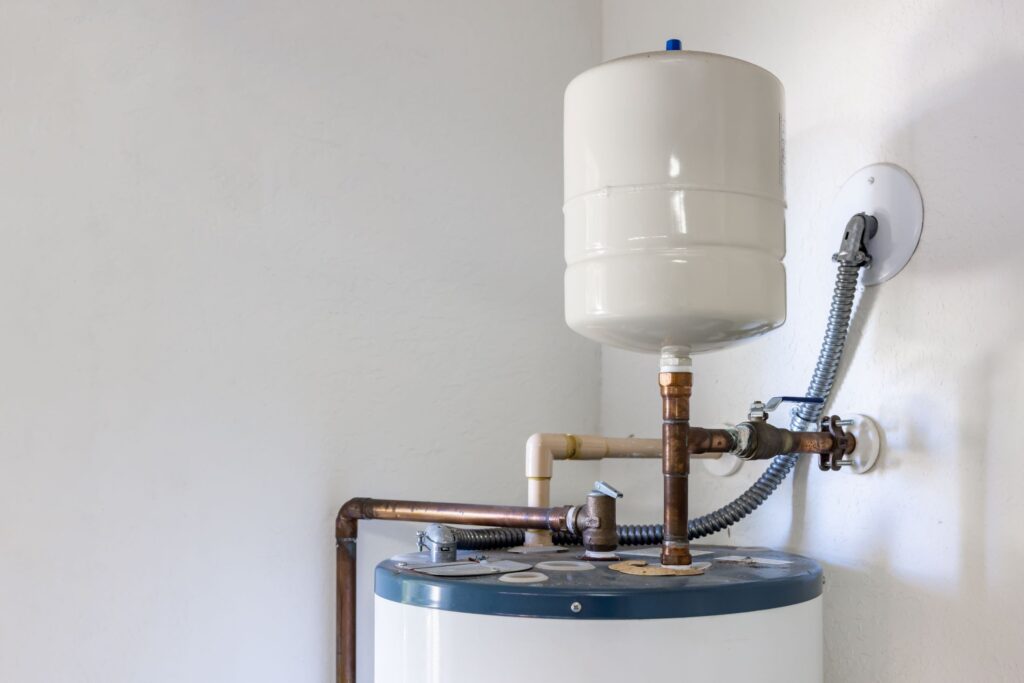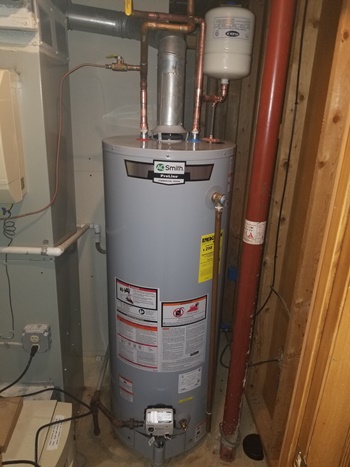Specialist Guidance for Caring for Your Home's Hot Water SystemSteps on How to Care for Your Home's Hot Water System Properly
Specialist Guidance for Caring for Your Home's Hot Water SystemSteps on How to Care for Your Home's Hot Water System Properly
Blog Article
They are making a number of great annotation related to Tips For Maintaining Your Hot Water Heater in general in this article directly below.

Warm water is necessary for everyday comfort, whether it's for a refreshing shower or washing recipes. To guarantee your hot water system runs efficiently and lasts much longer, normal upkeep is crucial. This short article gives functional suggestions and insights on just how to preserve your home's hot water system to avoid interruptions and costly fixings.
Intro
Keeping your home's hot water system might appear complicated, however with a few straightforward steps, you can guarantee it runs smoothly for several years to find. This guide covers every little thing from comprehending your warm water system to DIY maintenance ideas and understanding when to call in specialist assistance.
Importance of Preserving Your Hot Water System
Normal maintenance not just prolongs the lifespan of your warm water system but additionally ensures it runs effectively. Neglecting maintenance can bring about reduced performance, higher power bills, and also premature failing of the system.
Indications Your Warm Water System Requirements Upkeep
Understanding when your warm water system needs focus can avoid significant issues. Keep an eye out for signs such as irregular water temperature, odd sounds from the heater, or rusty water.
Comprehending Your Warm Water System
Prior to diving right into maintenance tasks, it's practical to recognize the standard parts of your hot water system. Generally, this includes the water heater itself, pipelines, anode poles, and temperature level controls.
Monthly Maintenance Tasks
Routine month-to-month checks can aid catch minor problems before they intensify.
Purging the Hot Water Heater
Flushing your water heater gets rid of sediment accumulation, boosting performance and prolonging its life.
Monitoring and Changing Anode Rods
Anode rods stop deterioration inside the tank. Inspecting and replacing them when worn is vital.
Checking and Readjusting Temperature Settings
Changing the temperature setups makes certain optimum performance and safety.
DIY Tips for Maintenance
You can do numerous upkeep tasks yourself to keep your hot water system in leading problem.
Looking for Leaks
Routinely check pipelines and links for leakages, as these can bring about water damage and higher bills.
Evaluating Pressure Relief Valves
Evaluating the pressure safety valve guarantees it operates appropriately and protects against excessive pressure buildup.
Insulating Pipes
Protecting hot water pipes decreases warm loss and can save energy.
When to Call an Expert
While DIY maintenance is helpful, some problems need expert competence.
Complicated Issues Requiring Professional Help
Examples include major leakages, electric troubles, or if your hot water heater is continually underperforming.
Regular Expert Upkeep Conveniences
Expert maintenance can include comprehensive evaluations, tune-ups, and ensuring conformity with safety and security requirements.
Final thought
Regular upkeep of your home's warm water system is vital for efficiency, longevity, and price financial savings. By following these pointers and understanding when to seek specialist assistance, you can ensure a trusted supply of hot water without unanticipated interruptions.
Water Heater Maintenance Tips
Test the TPR Valve
Shut off the power and the cold-water supply valve. Place a bucket under the pipe connected to the temperature-pressure-release (TPR) valve on the top or side of the tank. (This valve opens if the tank pressure gets too high.) Lift the valve’s tab to let some water out, then let go. If water keeps flowing, drain the tank partway, unscrew the old valve with a pipe wrench, and install a new one. Check the Anode Rod
Put a hose to the tank’s drain cock and let out a few gallons of water. Now fit a 1 1/16-inch socket onto the rod’s hex head on top of the heater (or under its top plate) and unscrew the rod. If it’s less than ½ inch thick or coated with calcium, buy a new one, wrap its threads with Teflon tape, put it back in the tank, and tighten securely. Use this segmented rod if headroom above the tank is limited. Drain the Tank and Wash Out Sediment
Drain the remaining water in the tank into the bucket, then stir up the sediment on the tank’s bottom by briefly opening the cold-water supply valve. Drain and repeat until clean water comes out of the hose. Close the drain cock, refill the tank, and turn its power back on. Adjust the Temperature
Find the temperature dial on the side of the tank and unscrew its cover. Adjust the dial to 120 degrees using a flathead screwdriver. For every 10 degrees the temperature is lowered, you can expect to save up to 5 percent in energy costs. Turn the water heater off or the thermostat down to its lowest setting if you plan to be away from home for more than three days. Insulate the Pipes
Buy some self-sticking 3/8-inch-thick foam pipe insulation that matches the pipes’ diameter. Slide the foam over the hot-and cold-water pipes as far as you can reach. Insulating the cold-water pipe prevents condensation in summer. Peel the tape and squeeze the insulation closed. If the pipe is 6 inches or less from the flue, cover it with 1-inch-thick unfaced fiberglass pipe wrap. https://www.thisoldhouse.com/plumbing/21016402/how-to-maintain-a-water-heater

Do you enjoy reading about How to Maintain Your Water Heater & Prolong its Life? Write a comment down below. We'd be pleased to listen to your feelings about this blog post. In hopes that you come back again before long. Do you know another person who is interested by Water Heater Maintenance Tips You Can't Afford to Forget? Why not share it. Bless you for your time. Please come by our blog back soon.
View Report this page